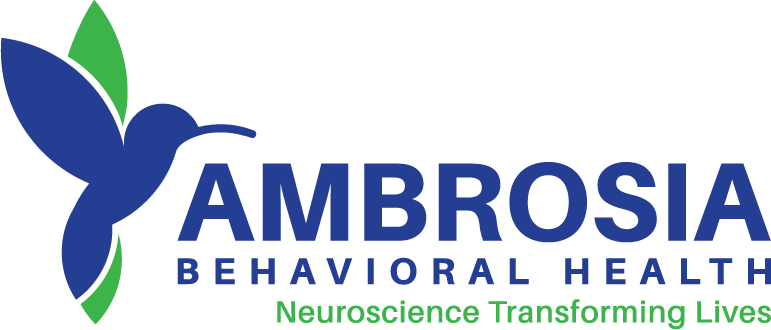The bipolar disorder symptoms are defined as having specific episodes of mood changes that are on polar opposites of the spectrum. Elevated mood, or a manic state, and depression. The term “bipolar” is used so often in society, that the actual medical definition of bipolar disorder is often misconstrued, leading to confusion and uncertainty with the disorder.
What is Bipolar Disorder?
Formerly known as manic-depressive illness, bipolar disorder is a mental illness. It can cause drastic changes in mood, energy and activity levels, and cause major difficulties when managing daily functions. The changes that are a part of bipolar disorder symptoms cause such a change in the person, that they can one day be so positive, functional, and happy and then with no warning or cause, the next day the ability to get out of bed and eat can be a daunting task.
Types of Bipolar Disorder
Bipolar I Disorder. When manic episodes occur for a minimum of seven days, or the individual exhibits manic symptoms that can oftentimes lead to hospitalization. A manic episode can be classified as having a period of time where mood is highly elevated, or even irritable, and extreme energy. These episodes generally can be disruptive to day to day life. Those living with bipolar I often experience bouts of depression and cycle between the mania and depression.
Bipolar II Disorder. Similarly, bipolar II disorder causes the same cycling between high and low episodes. However, the difference between the two is that those with bipolar II disorder do not reach the full blown manic episodes seen in bipolar I. Bipolar disorder symptoms are more often depression in those with this type.
Cyclothymic Disorder. This is when these episodes of depression and mania occur, but do not last long enough, or are not considered to be intense enough to fit into the realms of bipolar I and II. Although these symptoms may be less severe, the symptoms of cyclothymic disorder are just as life-altering.
Bipolar Symptoms You Need to Know
When an individual is experiencing bipolar disorder symptoms, they could seem subtle and almost as though the symptom isn’t a part of the disorder. For example, the symptom of “brain fog”. This means that it can be difficult to learn new things, or recall words and commitments. It can also be complete disorganization. This symptom can appear before any of the traditional or more common symptoms do.
Signs and symptoms the mania associated with bipolar disorders can include:
- Extreme elation or cheerfulness
- Increased feelings of being active
- Flight of ideas (talking quickly about many different topics)
- Racing thoughts
- Feelings of being powerful or important
Opposite of these thoughts and feelings are the signs and symptoms of the depression associated with bipolar disorders:
- Forgetfulness
- Trouble concentrating
- Trouble sleeping or excessive sleeping
- Sadness
- Anxiety
- Lack of interest in previously enjoyable activities
- Suicidal thoughts and/or attempts
- Self-harm
All of these symptoms can have a profound effect on everyday life, and make completing even the simplest task difficult.
Risk Factors
Research shows some possible risk factors that can lead to bipolar disorder symptoms. However, no one knows the cause. Ongoing studies have shown that the brain structure and functionality of those with bipolar can be different than those without. Diagnosis is solely based on a person’s symptoms, and mental health history rather than performing brain scans to see if there are any abnormalities. This is because there has not been any conclusive evidence of the differences in the brain, and continued research is being performed.
There is also the possibility that a person’s genetics play a role in developing bipolar disorder. There has been evidentiary research showing that those with a parent or sibling suffering with bipolar disorder can also begin to exhibit signs of having the disorder themselves.
How is Bipolar Treated?
Treatment of these disorders can be beneficial to those who suffer with them. Typically, the combination of medications and therapy can be helpful in relief from the bipolar disorder symptoms.
Medications to manage the symptoms include antidepressants, mood stabilizers, and antipsychotics. Combinations of medications can alleviate both the severe depression and control the mania associated with bipolar.
Therapies such as CBT (Cognitive Behavioral Therapy) are common in treating bipolar disorder. In conjunction with medication, therapy can help to manage the symptoms of bipolar, empowering the individual to live life with little disruption.
Find Treatment for Bipolar Disorder in South Florida
Bipolar disorder symptoms are unpleasant. They can almost be unmanageable without receiving professional help. Life doesn’t have to seem hopeless or helpless. One can manage the symptoms achieving relief. If you or a loved one suffer from bipolar disorder, we can help. Contact us today and begin your return to a life without the symptoms of bipolar.




